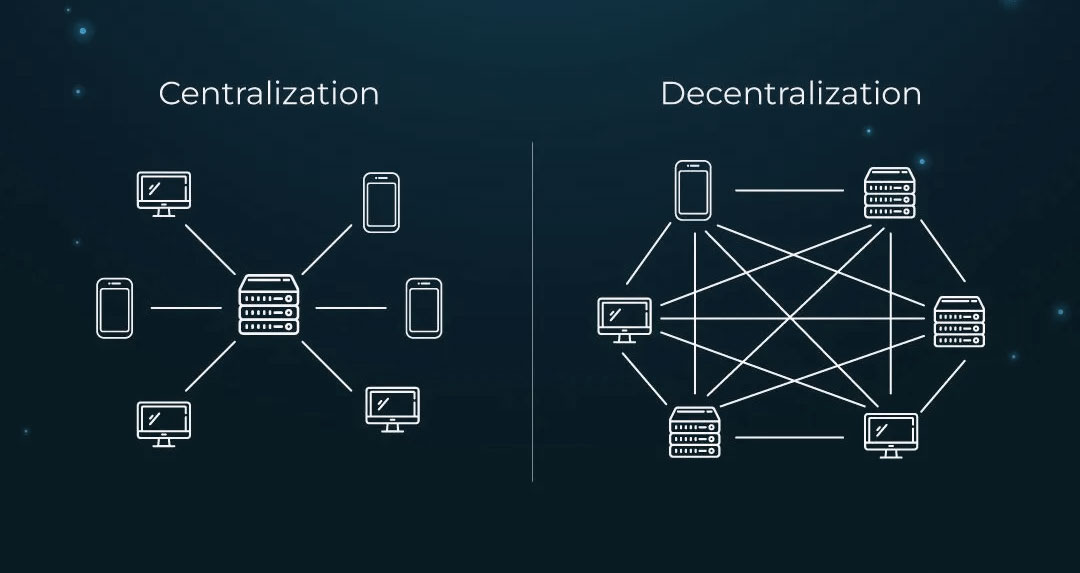The Future of the Internet: Web2 vs. Web3

From Centralization to Decentralization
Take control over your data
In Web2, users typically give up control of their data to centralized platforms. This means that these platforms can collect, store, and use our data however they want. Web3, however, is built on blockchain technology, which allows users to own and control their own data. This means that we can choose who has access to our data and how it is used.
No need for Intermediaries
In Web2, most of the services we use are provided by centralized intermediaries. This means that these intermediaries have a lot of control over our online experience. Web3, instead, is built on a decentralized network of nodes. This means that there is no need for intermediaries, and users can interact with each other directly.
Complete Transparency
More Security
In Web2, our data is often stored on centralized servers. This makes it a target for hackers and other malicious actors. Web3, instead, is built on blockchain technology, which is a secure and decentralized network. This means that our data is much more secure on Web3 than it is on Web2.
In conclusion, these are just a few of the key differences between Web2 and Web3. Web3 is still in its early stages of development, but it has the potential to revolutionize the way we use the internet.
Register your own Web3 Los Cabos Domain
By using the search bar below, you can register your very own .loscabos or .eastcape Web3 domain, and never have to pay for renewal fees ever again. Just type your desired domain and select “.loscabos” or “.eastcape” from the dropdown, click Search and mint your domain on your blockchain of choice, and it’s yours forever!
Protect your online presence today with a Web3 domain from Freename.io, available now at CaboDomains.




Web3 Domain FAQ
You can use Web3 domains for many utilities, such as navigating the internet, sending and receiving Web3 emails, as a simple domain address for your crypto wallet, and logging into dApps.
Through the search bar you can browse available TLDs and SLDs (top level and second level domains) and even become a registrar yourself.
A TLD (or top-level domain) is everything that follows the final dot of a domain name. For example, in the domain name ‘cabodomains.com’, ‘.com’ is the TLD.
An SLD (or second-level domain) is the name or words that come before the final dot of the domain extension (e.g. cabodomains.com is an SLD).
Web3 domains are NFTs which you can mint on a blockchain and connect to your crypto wallet to make transactions (e.g. send and receive cryptocurrencies), log into dApps or redirect them to Web2 websites.
Just like a regular domain name, Web3 domains are a string of letters and/or numbers that point to the IP address of a website, dApp or Web3 service.
Our partnership has a multi-chain approach. You can choose on which of these Blockchains to mint your Web3 Domains and TLDs: Aurora, Polygon, Cronos, and Binance. More Blockchains will soon follow.
Use the search bar to browse available domains through our partner website.